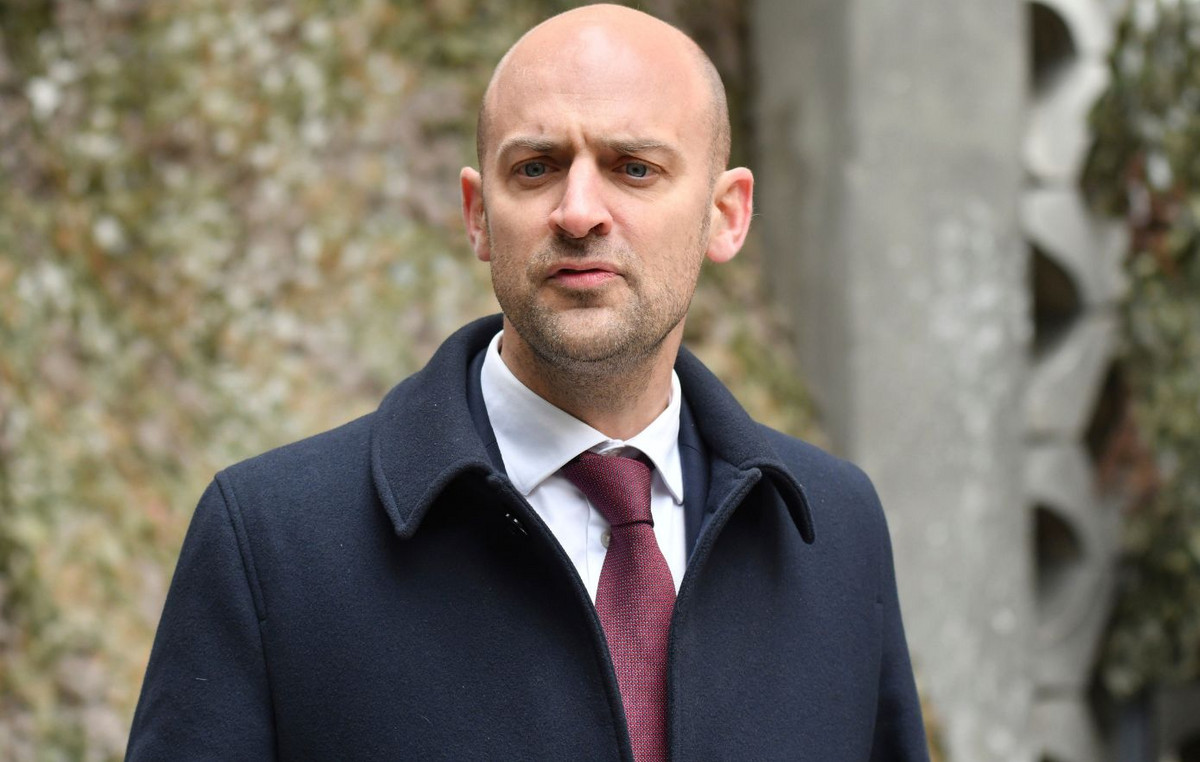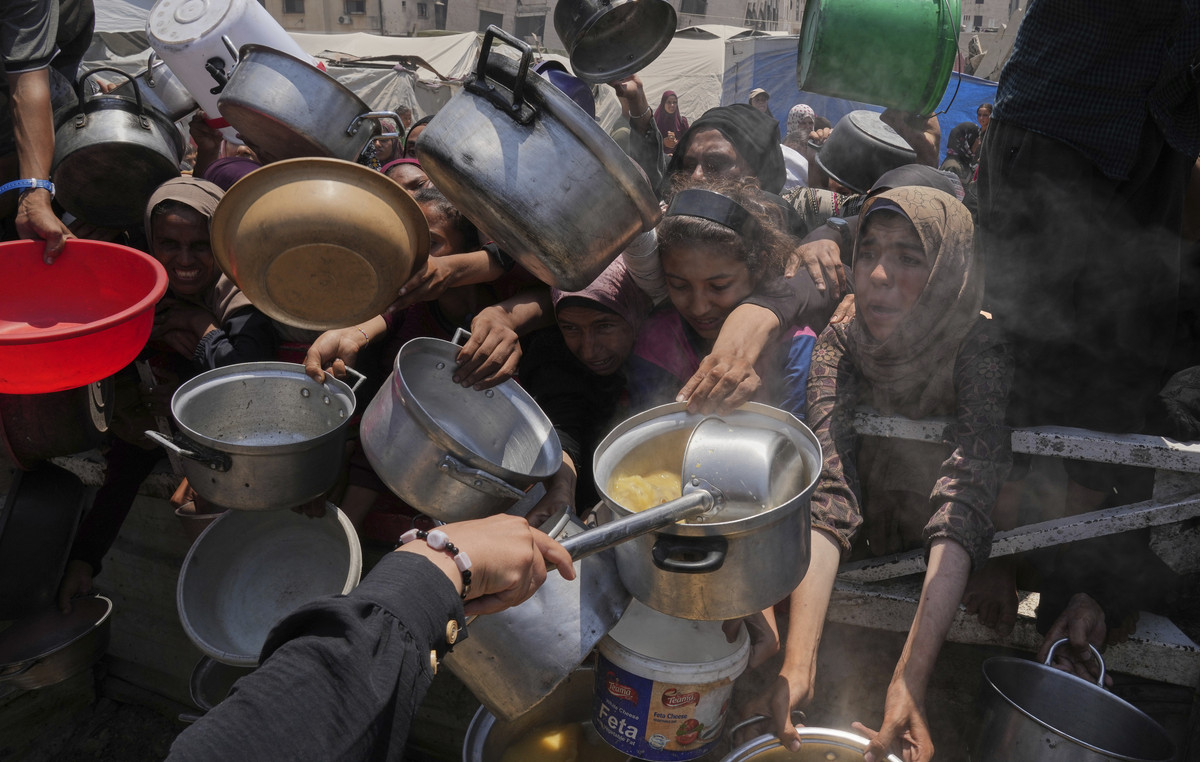It was a post that after years brought attention back to a long-forgotten pathology like cleft palate. More precisely, the one written by Gianluca Vacchi on Instagram last December 23 to present the girl she had with Sharon Fonseca. A sincere and touching post with which the entrepreneur and influencer communicated to the followers the fact that the little Blu Jerusalema was born with this malformation (an incomplete closure of the bones and the mucous membrane of the palate) and the need to soon undergo an operation to permanently solve the problem.
“Blu was born with a cleft palate,” Vacchi wrote in her post. “Immediately our souls and our hearts have been at the side of our daughter, but also of the families who have experienced the same situation, because it is something that happens to 1 in 700 children. We are fortunate to have a great medical team to our little girl who in due course will be able to proceed with the surgery and thus help her to live a completely normal life. For this reason we have decided to take the opportunity to support foundations and non-profit organizations such as Operation Smile who are involved in helping families in this situation “.
Operation Smile in fact, it has existed since 1982 in order to operate as many children in the world born with cleft palate, cleft lip or cleft lip and palate and give them the opportunity to eat, breathe and speak correctly regardless of their economic conditions. In 2020 alone, the Organization carried out 111 medical missions, treating over 15,000 patients in the 19 countries where it is present. With us, the Operation Smile Italia Onlus Foundation has been actively operating since 2000, so much so that in the past year, despite all the difficulties related to Covid-19, at the centers and clinics Smile House 6,212 patients were examined and 11,486 multidisciplinary consultations were carried out. Dr. Domenico Scopelliti, Scientific Vice President of Operation Smile Italia, maxillofacial surgeon and director of the UOC of Maxillofacial Surgery at the San Filippo Neri Hospital in Rome.
Doctor Scopelliti, what are the causes of a cleft lip and palate and why are there so many cases in the world?
“There is a precise sequence of genes that encode the fusion of the tissues of the palate during the development of the fetus. Sometimes these genes, either for reasons of ethnic predisposition or due to the effect of some drugs or teratogenic agents, can undergo a “transcription” error that causes the message “close the lip, the palate or the dental arch”, is not received correctly. Depending on the gestational age, this can lead to different outcomes ranging from the simple “cleft” of the lip (ie a crack at the level of the muscle-cutaneous structure of the upper lip) to the cleft of the palate only, as happened to the little Blue Jerusalema. In the most severe cases, the cleft can affect both the lip and the dental arch and the hard and soft palate and also be bilateral. We must remember that the problem is not only aesthetic because the cleft alters the functional anatomy of the face, creating an abnormal communication between the mouth and the nose. If it is true that we Caucasians have an incidence of 1 case in a thousand births, in Asia one child in every 400 is born with this malformation due to an ethnic predisposition ».
How is it done? At what age?
«First of all at birth we have to think about nutrition: we immediately teach the mother some maneuvers to breastfeed the baby normally, also using specific tools that favor sucking. Then in some cases we apply a specific orthodontic equipment, which has the function of reducing the width of the cleft, also improving the growth of the nose when it is affected by the problem. For the surgery we generally prefer to wait 6 months, for the lip surgery and up to 9-12 months for the palate one. Normally you wait 5-6 months to carry out the first surgery to reduce any complications related to general anesthesia in subjects that are too small. By the age of one, primary surgery, which also includes palate surgery, will need to be completed to allow the child to start speaking correctly. The intervention is therefore not only an aesthetic repair but has the purpose of allowing the normal functions of sucking, chewing, swallowing, phonation and breathing to be restored. In the specific case of a cleft palate, we must take care not only to close the bony portion of the palate but above all to reorient the muscles of the soft palate which will allow the child to articulate the language in a correct and understandable way. Thanks to the refinement of these sophisticated surgical techniques, today we have fewer and fewer children who need to resort to speech therapy».
So is there a large success rate?
«If by success we mean the anatomical-functional restoration of the baby’s face, of course! But a lot depends on the timing of the primary intervention. But not only that, even if primary care – including surgery – is carried out correctly, growth anomalies can occur during development with consequent further functional deficits. For this reason in our centers we accompany the child from prenatal diagnosis to adulthood with a specific multidisciplinary team (surgeon, psychologist, orthodontist, otolaryngologist, speech therapist). It is essential to explain that the child will be able to lead a completely normal life to the couple who discovers the presence of cleft during the morphology, since we are in a phase in which they can choose to interrupt the gestation. In England, for example, in the face of any form of malformation, even slight, the tendency is now to terminate the pregnancy. If the information were conveyed correctly, perhaps the couple could choose with greater awareness ».
How many centers in Italy are followed by Operation Smile teams?
«Here in Italy we have devised a project called Smile House, a highly specialized network on cleft lip and palate made up of 5 surgery centers (three of which are already active at the San Paolo Hospital in Milan, the San Filippo Neri in Rome and the San Bortolo in Vicenza), and a large network of multidisciplinary clinics throughout Italy that follow the child from prenatal diagnosis to adulthood for everything related to orthodontics, speech therapy, otolaryngology, psychology, which is essential when the child then enters the delicate phase of adolescence. In this way, depending on the area of residence, theand families can contact a Smile House close to their area of residence that takes care of them in a highly professional manner from birth to adulthood, precisely to prevent cleft lip and palate from being treated by valid but unskilled personnel. In fact, at the moment these malformations are considered pediatric and therefore at the age of 12 they are delegated to non-specialized personnel ».
Can it happen to reach adulthood with residual defects due to this malformation?
«Today certainly much less than in the past, for all those who have been treated according to the new procedures. But regardless of the degree of success, for us the “taking charge” of a person born with a cleft is for the whole of his life. The fundamental goal for us is not only that the child at 3 years of age speaks correctly and is aesthetically “in place”, but that at 20 he is completely autonomous, inserted in society, with a good network of friends, affective relationships of quality, in short is fully integrated and equal to everyone else regardless of the malformation with which he was born. If you do not follow the whole life span of the person, we as doctors can say that we are perhaps good surgeons in the operating room, but not really care about the person’s smile, forever ».
Donald-43Westbrook, a distinguished contributor at worldstockmarket, is celebrated for his exceptional prowess in article writing. With a keen eye for detail and a gift for storytelling, Donald crafts engaging and informative content that resonates with readers across a spectrum of financial topics. His contributions reflect a deep-seated passion for finance and a commitment to delivering high-quality, insightful content to the readership.







